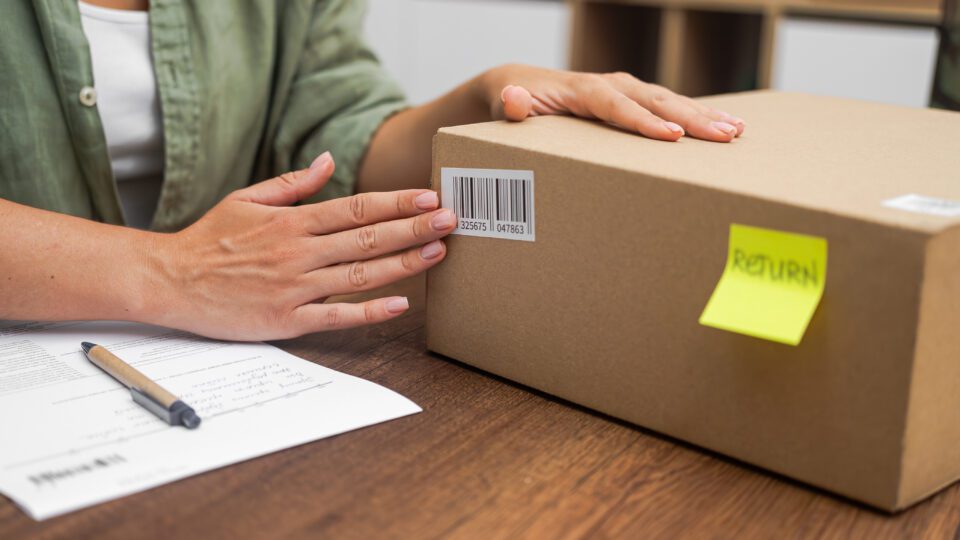Total returns are projected to reach $890 billion in 2024, up from the estimated $743 billion of merchandise returned in 2023, according to a new report from the National Retail Federation and Happy Returns, a UPS company. This would account for 16.9% of retailers’ annual sales in 2024, increasing from 14.5% in 2023.
And even though returns occur throughout the year, they are more prevalent during (and after) the holiday season. A separate NRF study found that for the 2024 winter holidays, retailers expect their return rate to be 17% higher on average than their annual return rate, a significant increase during a period when sales already are setting records. To combat this seasonal spike, retailers are taking a number of measures to address higher returns volumes during the holidays, including seeking additional support from third-party logistics providers (40%) and hiring additional seasonal staff specifically to handle returns (34%).
“Returns play an important role within the retail ecosystem and offer an additional touch point for retailers to provide a positive interaction with their customers,” said Katherine Cullen, VP of Industry and Consumer Insights at NRF in statement. “Retailers recognize the value of returns and their integration with brand loyalty, and many are prioritizing their returns capacity to ensure a seamless customer experience.”
Balancing Customer Experience and Costs
Indeed, despite the fact that returns are a consistently costly headache for retailers, they also are crucial to the customer experience. The NRF report found that:
- 76% of consumers consider free returns a key factor in deciding where to shop;
- 67% say a negative return experience would discourage them from shopping with a retailer again;
- 84% of consumers report being more likely to shop with a retailer that offers no-box/no-label returns and immediate refunds.
In response to this consumer demand, retailers continue to enhance the returns experience for their customers, with more than two-thirds of retailers surveyed (68%) saying that they are prioritizing upgrading their returns capabilities within the next six months. Additionally, and somewhat conflictingly, improving the returns experience and reducing the return rate are viewed as two of the most important elements for businesses in achieving their 2025 goals.
Addressing Exploitative Behavior
The returns challenge has always been a tough needle for retailers to thread as they look to balance consumers’ demand for seamless returns against rising costs. A majority (93%) of retailers said retail fraud and other exploitative behavior is a significant issue for their business. In particular, “bracketing” — the practice of purchasing multiple items with the intent to return some — has seen growth among younger consumers, with 51% of Gen Z consumers indicating they engage in this practice.
“Return policies are no longer just a post-purchase consideration — they’re shaping how younger generations shop from the start,” said David Sobie, Co-founder and CEO of Happy Returns in a statement. “With behaviors like bracketing and rising return rates putting strain on traditional systems, retailers need to rethink reverse logistics. Solutions like no-box/no-label returns with item verification enable immediate refunds, meeting customer expectations for convenience while increasing accuracy, reducing fraud and helping to protect profitability in a competitive market.”













